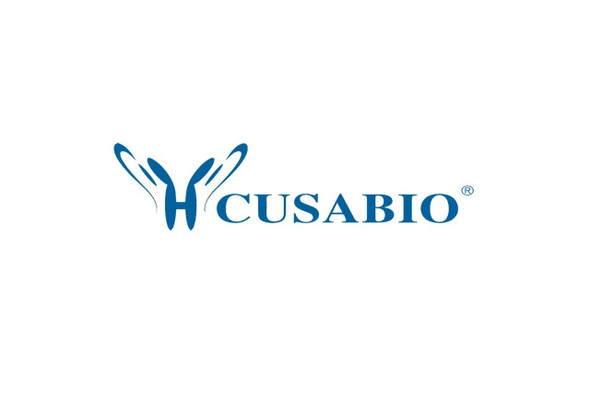Cusabio Polyclonal Antibodies
IQGAP3 Antibody | CSB-PA283992
- SKU:
- CSB-PA283992
- Availability:
- 3 to 7 Working Days
Description
IQGAP3 Antibody | CSB-PA283992 | Cusabio
IQGAP3 Antibody is Available at Gentaur Genprice with the fastest delivery.
Online Order Payment is possible or send quotation to info@gentaur.com.
Product Type: Polyclonal Antibody
Target Names: IQGAP3
Aliases: IQ motif containing GTPase activating protein 3
Background: IQGAP3 (IQ motif containing GTPase activating protein 3) is a 1, 631 amino acid protein that acts as an effector of Cdc42 and Rac 1, linking their activation to the cytoskeleton during neuronal morphogenesis. A novel member of the IQGAP family, IQGAP3 is highly expressed in brain where it localizes to axons of hippocampal neurons. IQGAP3 contains one Ras-GAP domain, a CH (calponin-homology) domain, four IQ domains and is encoded by a gene located on human chromosome 1, which spans 260 million base pairs, contains over 3, 000 genes and comprises nearly 8% of the human genome. Chromosome 1 houses a large number of disease-associated genes, including those that are involved in familial adenomatous polyposis, Stickler syndrome, Parkinson’s disease, Gaucher disease, schizophrenia and Usher syndrome. Aberrations in chromosome 1 are found in a variety of cancers, including head and neck cancer, malignant melanoma and multiple myeloma.
Isotype: IgG
Conjugate: Non-conjugated
Clonality: Polyclonal
Uniport ID: Q86VI3
Host Species: Rabbit
Species Reactivity: Human, Mouse
Immunogen: Fusion protein of human IQGAP3
Immunogen Species: Human
Applications: ELISA, WB
Tested Applications: ELISA, WB;ELISA:1:1000-1:2000, WB:1:200-1:1000
Purification Method: Antigen affinity purification
Dilution Ratio1: ELISA:1:1000-1:2000
Dilution Ratio2: WB:1:200-1:1000
Dilution Ratio3:
Dilution Ratio4:
Dilution Ratio5:
Dilution Ratio6:
Buffer: -20°C, pH7.4 PBS, 0.05% NaN3, 40% Glycerol
Form: Liquid
Storage: Upon receipt, store at -20°C or -80°C. Avoid repeated freeze.
Initial Research Areas: Signal Transduction
Research Areas: Neuroscience;Signal transduction









